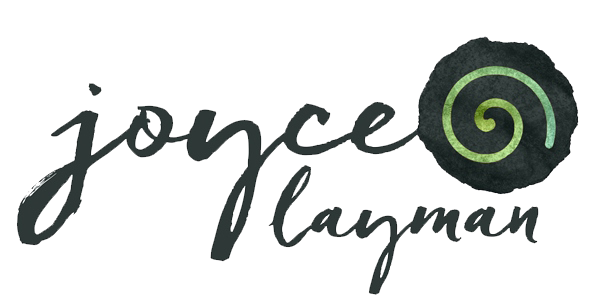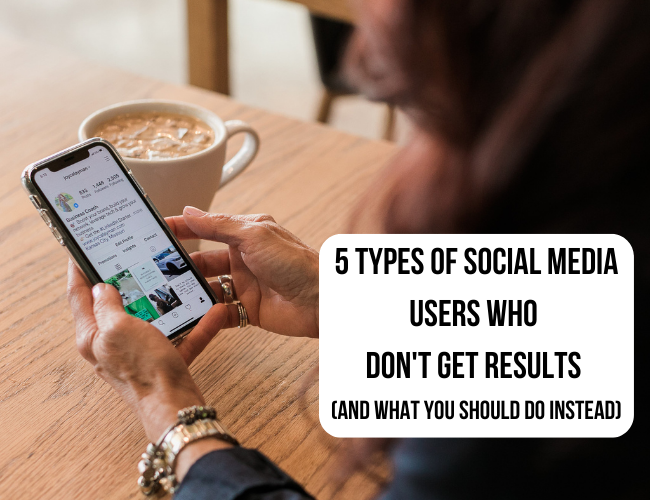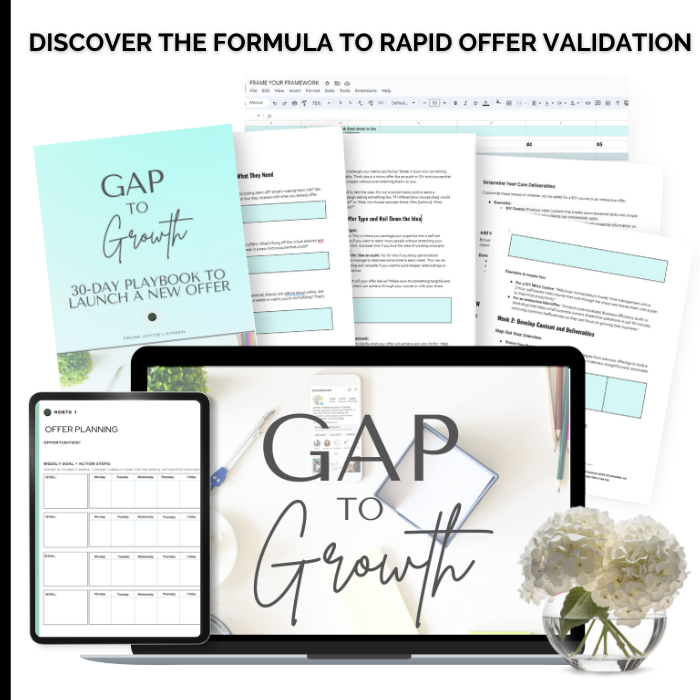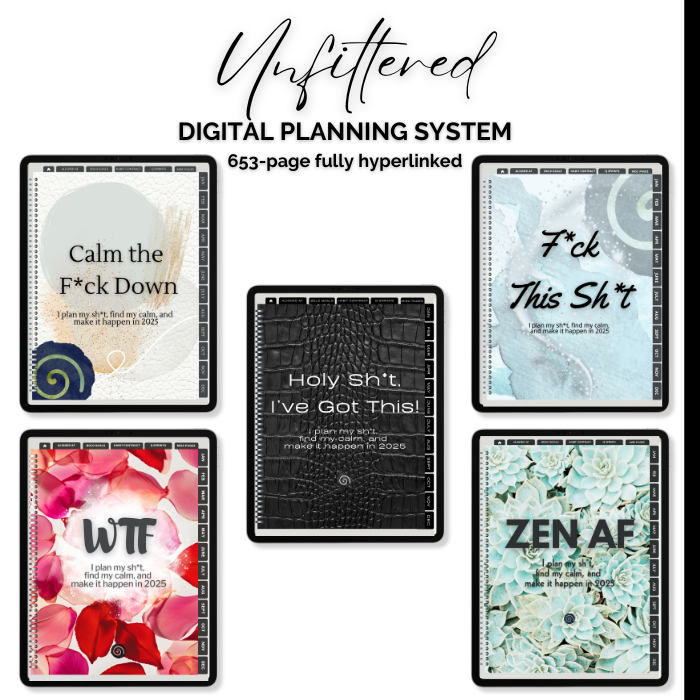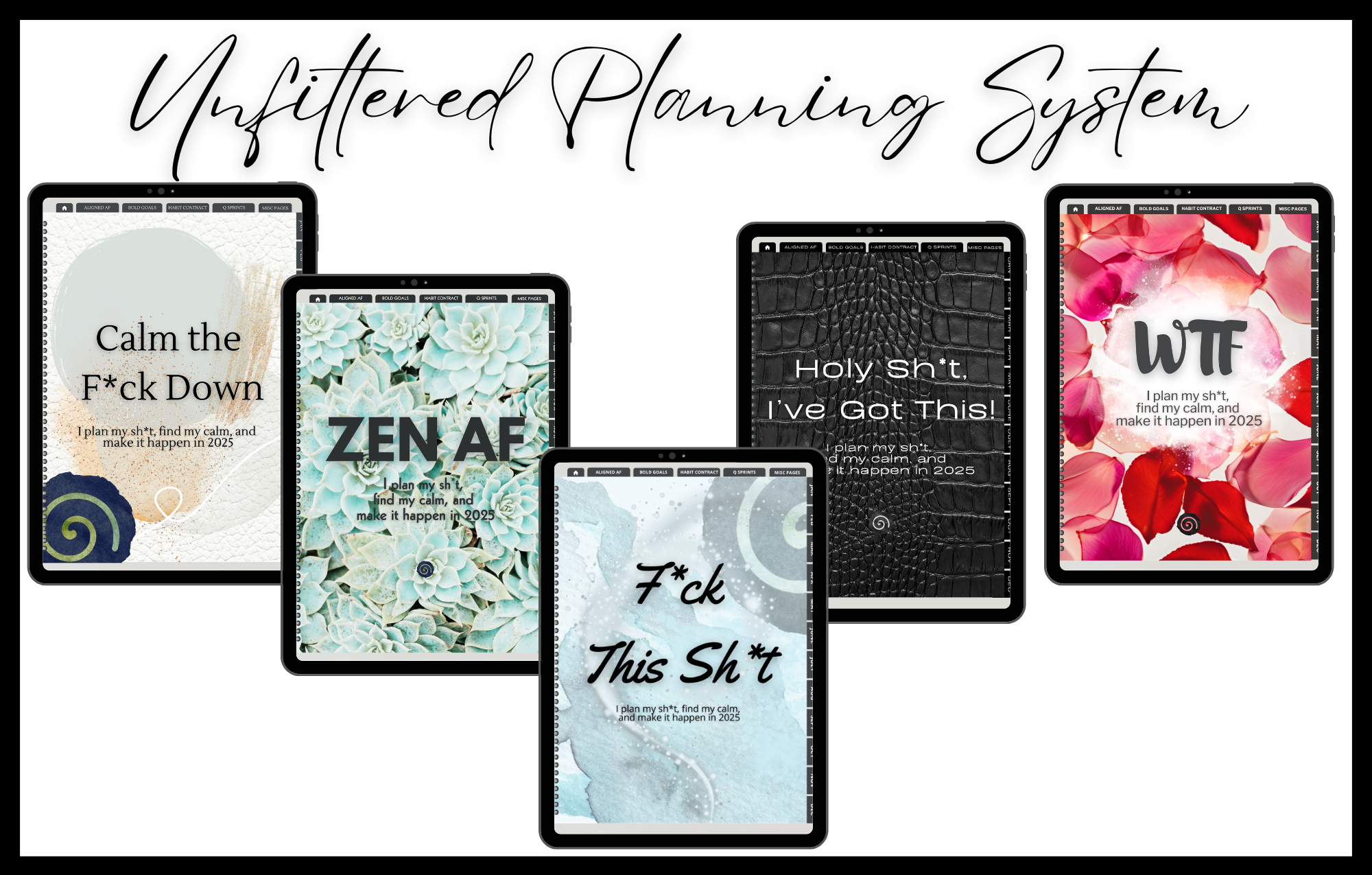I hate to break it to you, but if you’re looking to attract clients and make sales, you can’t make your online presence about YOU.
If you’re struggling to grow your online coaching business because you’re not sure who your target audience is. Or maybe you have an idea, but you can’t seem to connect with them – you’ve come to the right place.
In this video, I’ll share 4 tips to help you nail down your ideal client so you can stop guessing and start growing your coaching empire.
The show notes are below.
Know Your Audience
First things first, why does knowing your audience matter? Well, simply put, it’s the foundation of your marketing strategy. You could have the best content in the world, but if you’re not reaching the right people, your message will fall on deaf ears. Now let’s get into the nitty-gritty of figuring out who your ideal client is.
Let’s use a life coach as an example. Your ideal client persona (also called an avatar) could be something like this:
Name: Sarah Age: 35
Occupation: Marketing Manager
Location: Austin, Texas
Marital Status: Married with two kids
Interests: Yoga, reading self-improvement books, and attending personal development workshops
Pain Points: Struggling with work-life balance, managing stress, and finding fulfillment in her career
QUICK TIP: When creating a detailed persona for your ideal client, including demographics, interests, and pain points to help you visualize and understand them better. This will give you a clear picture of who you’re trying to connect with and how you can tailor your content to resonate with them.
The Power of Social Listening
Another great way to get to know your audience is through social listening.
Information is all around you when you know where to look, so monitor online conversations, groups, and forums related to your coaching niche.
Pay attention to the challenges and questions people are discussing and the language they’re using.
QUICK TIP: To find the best groups for your niche, use the search function on Facebook and LinkedIn.
Type in relevant keywords and filter the results by ‘Groups.’ Look for active communities with high engagement and join those groups to engage in conversations and showcase your expertise by answering questions (not pitching) unless the group admin allows you to do that.
Digging Deeper to Validate
Now that you have a persona (some say avatar), it’s time to validate it. This is part of my Brands that Sell Blueprint process and clients say this alone is worth the cost of the program.
You can do research by surveying your existing clients or chatting with people who fall into your target audience on social media channels. You can easily find people to chat with using the tactics I just mentioned in social listening.
The goal here is not to pitch someone but instead to ask questions and get real feedback in their words.
What you can learn will make a world of difference in your message and marketing when done right.
QUICK TIP: Use free survey tools like Google Forms or SurveyMonkey to gather insights from your clients. Don’t forget to ask open-ended questions to encourage detailed responses.
This is important: Capture this information and put it on an excel spreadsheet, each column being a specific question. Look for trends and patterns to refine your audience profile.
Easy Keyword Research
When you’re first growing an audience, you can’t afford to “guess” what they want because you’ll probably be wrong. (#yeahIsaidit)
Instead of posting what you THINK they want, post what you know they want based on what they’re searching for
Keyword research helps you identify the topics and phrases your ideal client is searching for online.
Free tools like Google Trends, Ubersuggest, and AnswerThePublic can help you find relevant keywords and content ideas.
For example, let’s say you’re a wellness coach. You might try searching for keywords like ‘how to improve mental well-being’ or ‘holistic wellness tips.’
On the other hand, if you’re a life coach, you could search for phrases like ‘overcoming self-doubt’ or ‘achieving work-life balance.’
If you aren’t familiar with long-tail keywords, you should be.
These are longer and more specific phrases that people search for.
Examples of long-tail keywords for a wellness coach could be ‘natural remedies for stress relief’ or ‘morning routine for mental clarity.’
For a life coach, long-tail keywords might include ‘confidence-building exercises for introverts’ or ‘strategies for managing time effectively.’
QUICK TIP: Focus on answering your audience’s questions and addressing their pain points by creating content around these specific long-tail keywords.
You now have the tools and knowledge to identify, target, and connect with your ideal client, setting the foundation for a thriving business.
So, take the time to research, listen, and refine your messaging, and watch as your coaching empire grows. If you found this helpful, don’t forget to share, and subscribe for more valuable insights.
And…if you want my Connecting to Your Dream Clients Guide, send me a DM and include #DREAMCLIENTS and I’ll send it your way!
